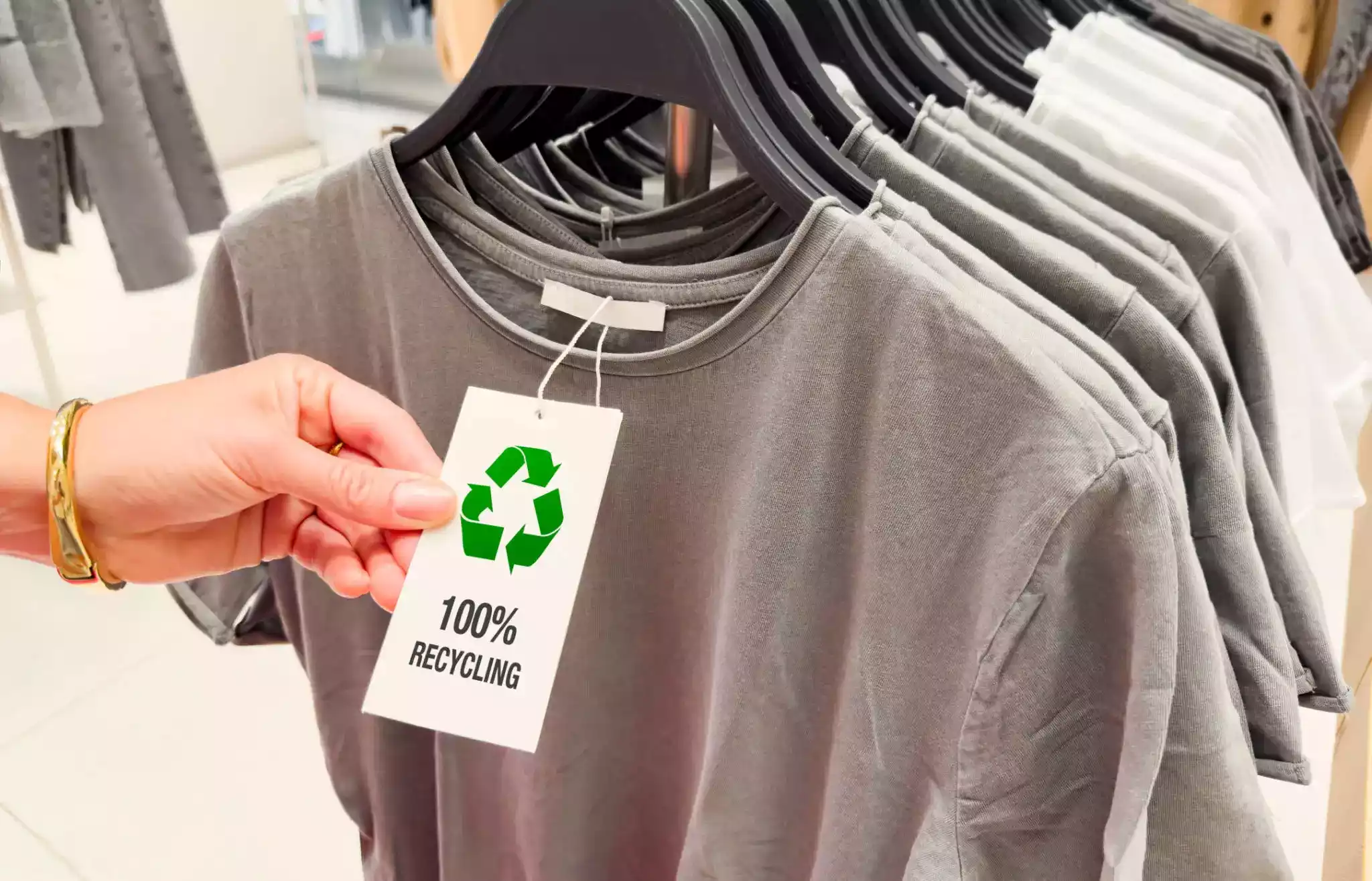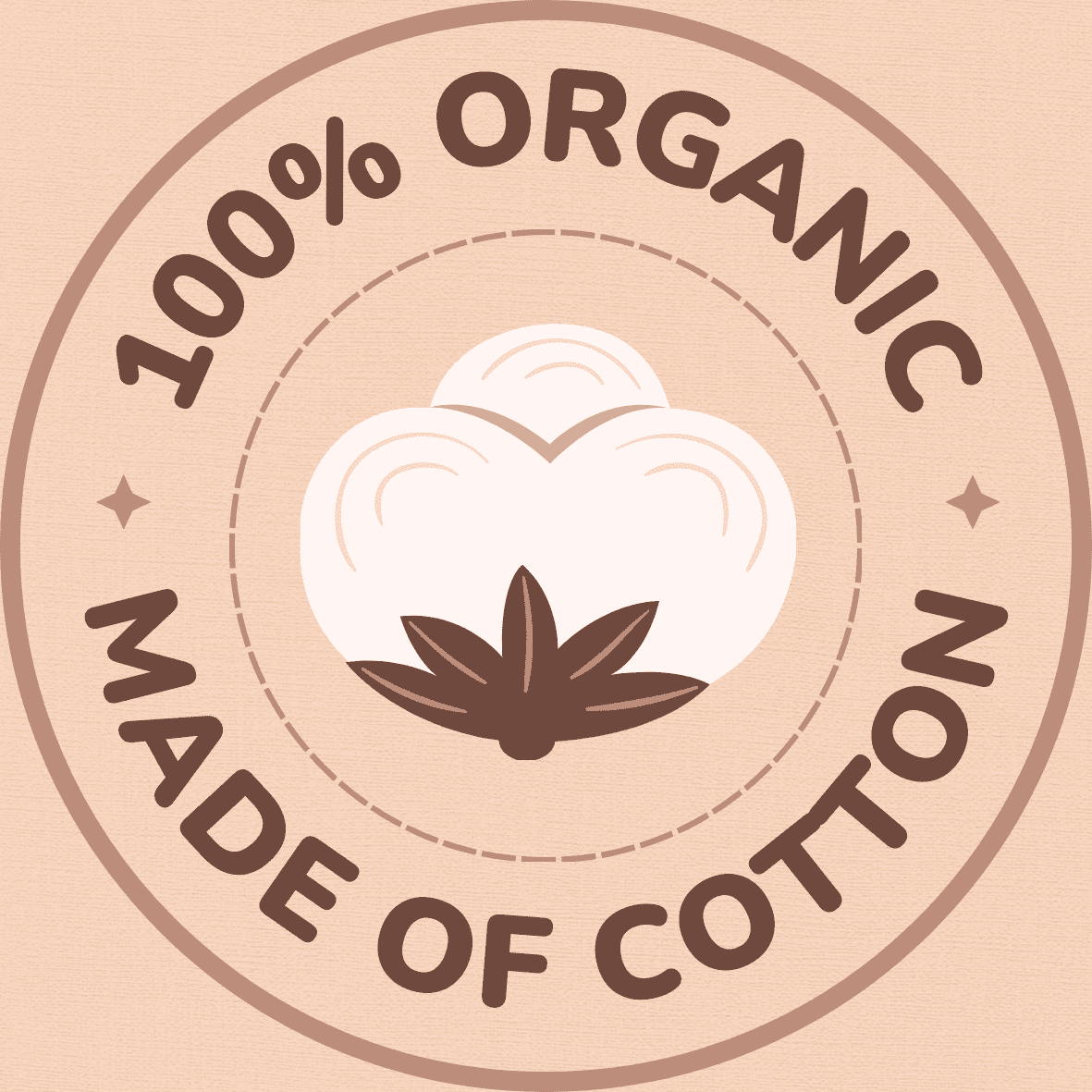Clothes and Fabric Manufacturer: Weaving Quality into Every Stitch
In the fashion industry, the correlation between clothes and fabric manufacturers establishes the foundation of quality in textile production. It is critical to highlight that the fabric forms the building block of any garment. The more outstanding the quality of the fabric, the more superior the end product will be. This detail underscores the significance of quality in not only fabric selection but also during the manufacturing process.
For consumers wondering where to buy fabric to make clothes, it would be prudent to look towards clothing fabric companies that prioritize exceptional quality. The role these companies hold extends beyond basic manufacturing, as they contribute to the overall value of the final garment. To comprehend who manufactures clothes of the best quality, understanding their sourcing strategy for fabric can give tremendous insights. Ultimately, the quest for first-rate textiles significantly shapes the production pipeline, impacting the quality, durability, and sustainability of the clothing.
The Art and Science of Weaving
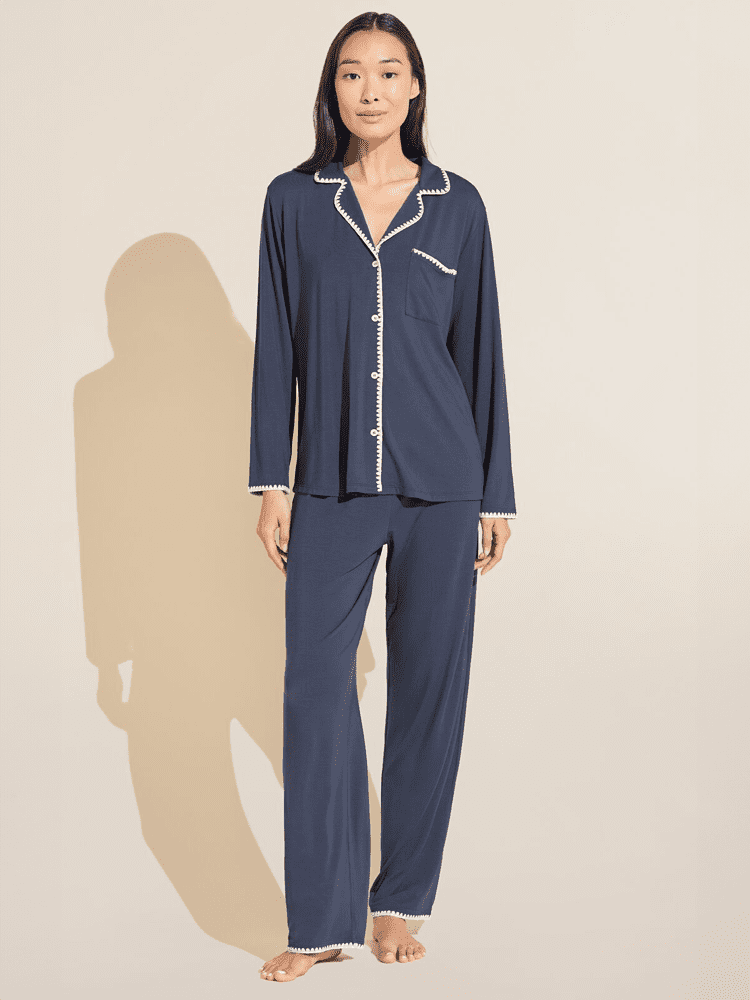
Unveiling the mechanisms behind clothing fabric production can provide valuable insights into the textile industry for budding fashion entrepreneurs. One of the essential factors to understand is how to find fabric for a clothing line. The process starts with weaving, which is the art and science of interlacing two sets of threads at right angles to each other. The complexity of the weave pattern contributes to the cost of fabric used by clothing manufacturers molding the final price of the apparel.
The evolution of technology has added a scientific aspect to the traditional craft of weaving. Clothes and fabric manufacturers now have access to computerized looms that can produce intricate weaves with precision and consistency. Inevitably the question arises, how is clothing fabric made using high-tech machinery? The answer lies in transforming raw fibers into yarn or thread, which are then meticulously woven into fabric with the assistance of technology. It is a blend of technical knowledge, precision, creativity, and experience that produces high-quality fabric revered in the fashion industry.
Key Elements that Determine Fabric Quality
The complex process of textile manufacturing involves a multitude of factors, each playing a significant role in determining the final quality of the fabric. Far from being just a material, the fabric is a testament to the meticulous work and high standards maintained throughout its production. Whether it’s a clothing manufacturer in the UK or fabric manufacturers near me, the considerations for fabric quality are universally critical.
Fabric composition, thread count, weave type, and finish are some of the primary factors that dictate the quality, durability, and feel of the fabric. For example, a clothing manufacturer in China may prioritize high thread count when creating luxury garments, while another may focus on innovative weave patterns to introduce a unique texture to the clothes. This underscores why understanding fabric quality is crucial – not just for manufacturers, but even for everyday consumers in their quest to purchase superior, longer-lasting clothing.
The Role of Fabric Manufacturers in the Fashion Industry
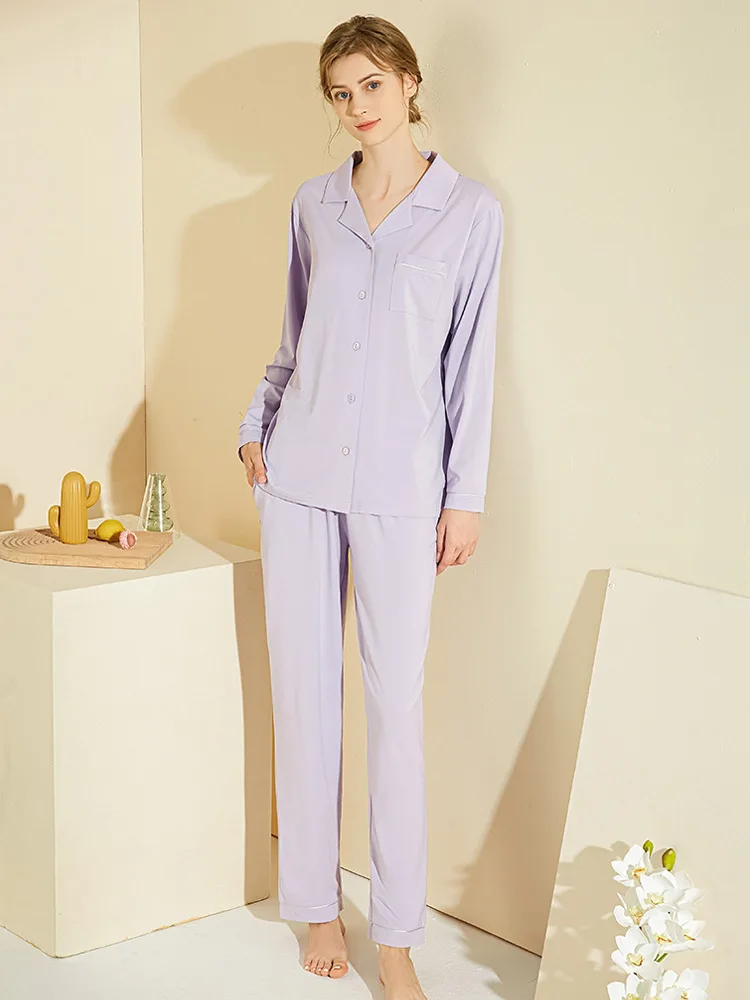
In the intricate tapestry of the fashion industry, fabric manufacturers significantly contribute to the vibrant designs and style trends we see today. They not only provide the essential raw material, but also work in tandem with designers to create unique and stunning outcomes. Custom clothing manufacturers like Pjgarment.com are known to deliver high-quality fabrics, assisting designers to bring their visionary concepts to life.
The question ‘how to find a clothing manufacturer‘ often arises among novice designers and brands. Apart from the geographical location, skills, and techniques, a reliable clothing factory in the USA or any part of the world should possess a strong understanding of fashion trends, aesthetic sensibilities, and consumer demands. The right fabric manufacturer acts as a backbone, offering the necessary support, scalability and flexibility to adapt and evolve in a fast-paced, ever-changing industry.
Innovation in Textile Manufacturing: A Game Changer
Since the advent of the industrial age, fabric manufacturers worldwide have been committed to the continuous process of innovation, to meet both the fashion industry’s changing demands and the evolving desires of consumers. This quest for improvement has resulted in significant technological advancements in textile manufacturing processes, profoundly changing the landscape and shifting paradigms. Textile innovation not just contributes to the production of higher-quality and more diverse fabrics, but also enables organizations to enhance their operational efficiency while cutting down environmental impact.
For instance, clothing manufacturers in Scotland have introduced digital weaving technologies and advanced dyeing methods, thus producing finer threads and richer colors with less water consumption. Similarly, clothing manufacturers in Italy are known for leveraging state-of-the-art knitting technologies alongside novel natural and synthetic blend combinations. These innovative practices allow them to create sustainable and high-performance fabrics with improved durability and feel, meeting and oftentimes surpassing international quality standards. Notably, these advancements extend beyond the realm of manufacturing processes, playing a pivotal role in the transition toward a more sustainable fashion ecosystem.
Sustainable Practices in Fabric Production: Ensuring Quality and Preservation
As part of the textile industry’s collective push towards sustainable operations, clothing manufacturers for small orders have stepped up their game in implementing eco-friendly practices. These businesses adopt measures focused on reducing water consumption, minimizing energy usage, recycling waste materials, and using organically grown fibres. Not only do these steps mitigate the industry’s environmental footprint, but they also ensure the quality of the fabrics produced. Such commitment to sustainability and adherence to high standards has become an attractive selling point to eco-conscious buyers.
On the other side of the pond, custom clothing manufacturers in the USA are also placing a high emphasis on eco-conscious production. Many of them are incorporating sustainable practices throughout their supply chain, from sourcing raw materials to delivering finished products. Similar green initiatives are echoed in the operations of clothes and fabric manufacturers in London and those located near me, around the world. This global drive towards sustainability is creating a synergy in the textile industry that boosts not only the quality of the fabrics produced but also propels the industry’s progress towards an environmentally responsible future.
The Impact of Fabric Quality on Final Garment
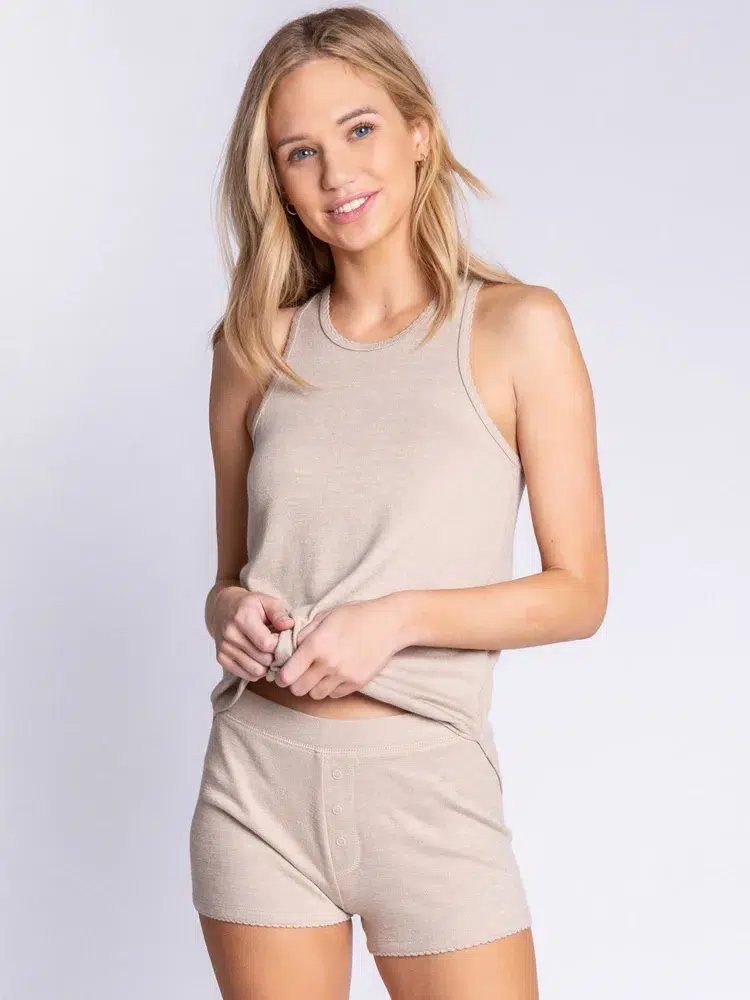
Clothes and fabric manufacturers can attest to the fact that fabric quality can significantly influence the final product. High-quality fabric ensures superior comfort in the end garment by maintaining breathability while protecting against harsh weather conditions. Such qualities enhance the consumer’s overall wearing experience, leading to customer satisfaction and long-term brand loyalty. Additionally, quality fabric guarantees durability, ensuring the final garment can withstand wear and tear without compromising its aesthetic appeal.
Moreover, clothing and fabric manufacturers use high-quality fabrics as they are easier to work with during the sewing and construction process. Quality fabrics often display consistency in their weave or knit, reducing the likelihood of production errors. This in turn increases the effectiveness and efficiency of the manufacturing process, thus reducing waste. Fabric and clothing manufacturers understand that a premium quality fabric not only elevates the final garment but also significantly impacts the brand’s reputation and bottom line. High quality fabrics reflect positively on the manufacturer, setting them apart from competitors who prioritize quantity over quality.
The Journey of a Thread: From Spool to Fabric
The perspective of a thread traveling from the confines of a spool to ultimately become a part of a textile fabric is quite fascinating. It begins its journey when extracted from a source – be it natural, like cotton or silk, or synthetic, like polyester. Through various forming and spinning techniques, unrefined masses are meticulously transformed into uninterrupted, long threads ready to be wound onto a spool. The overarching importance of this stage is to ensure a smooth, uniform thread that is devoid of any knots or rough areas which could potentially hinder the imminent stages of production.
Upon leaving the spool, the thread embarks on a simultaneous process of weaving or knitting which interlinks multiple threads in a predetermined pattern to form a cohesive fabric. This phase determines the basic characteristics of the finished fabric, such as texture, strength, and appearance. Ensuing processes, including dyeing and finishing, add value to the raw woven fabric, enhancing its look and feel. Therefore, the thread’s journey from spool to fabric testifies the complex, yet intriguing process of textile production, demonstrating how meticulous attention to each step can result in a high-quality, end-use fabric.
FAQs
What is the importance of quality in textile production?
Quality in textile production is crucial as it not only affects the longevity and durability of the final product, but also impacts its appearance and feel. It can determine the comfort, functionality and overall appeal of the fabric, ultimately influencing consumer satisfaction and purchase decisions.
Can you explain the process of weaving?
Weaving is both an art and a science. It involves the interlacing of two sets of threads – the warp (lengthwise arrangement) and the weft (crosswise arrangement) – to create fabric. The patterns and textures of the fabric can vary depending on the type of weave and the threads used.
What are the key elements that determine fabric quality?
Fabric quality is determined by several factors such as the type of fibers used, yarn quality, the weave or knit, dyeing and printing quality, and the finish applied to the fabric. Each of these elements contributes to the fabric’s durability, appearance, comfort, and ease of care.
What is the role of fabric manufacturers in the fashion industry?
Fabric manufacturers play a pivotal role in the fashion industry. They are responsible for producing a variety of fabrics that meet the design and quality requirements of fashion designers. They also contribute to trend forecasting and innovation in fabric technology, playing a significant role in shaping fashion trends.
How is innovation changing the textile manufacturing industry?
Innovation is a game-changer in textile manufacturing. It has led to the development of new materials, processes and technologies that increase efficiency, improve fabric quality and enable the creation of smart fabrics with unique properties. Innovations like 3D printing, nanotechnology, and biofabrication are revolutionizing the industry.
Can you elaborate on sustainable practices in fabric production?
Sustainable practices in fabric production involve minimizing environmental impact and promoting social responsibility. This can include the use of eco-friendly materials, energy-efficient manufacturing processes, recycling and upcycling, ethical labor practices, and more. These practices help ensure the quality of the fabric while also preserving our environment and communities.
How does fabric quality impact the final garment?
The quality of the fabric directly impacts the final garment, affecting its durability, comfort, appearance, and even the fit. High-quality fabrics are more likely to hold their shape, resist wear and tear, and feel comfortable against the skin. This enhances the overall value and appeal of the final garment, leading to higher customer satisfaction.
Could you describe the journey of a thread from spool to fabric?
The journey of a thread from spool to fabric starts with spinning, where raw fibers are twisted into yarn. The yarn is then wound onto a spool and prepared for weaving or knitting. During weaving, the threads are interlaced to form fabric. This fabric is then dyed, printed, and finished according to design requirements before being cut and sewn into garments.

